Home>Garden Essentials>What Temp Do Green Beans Need To Germinate
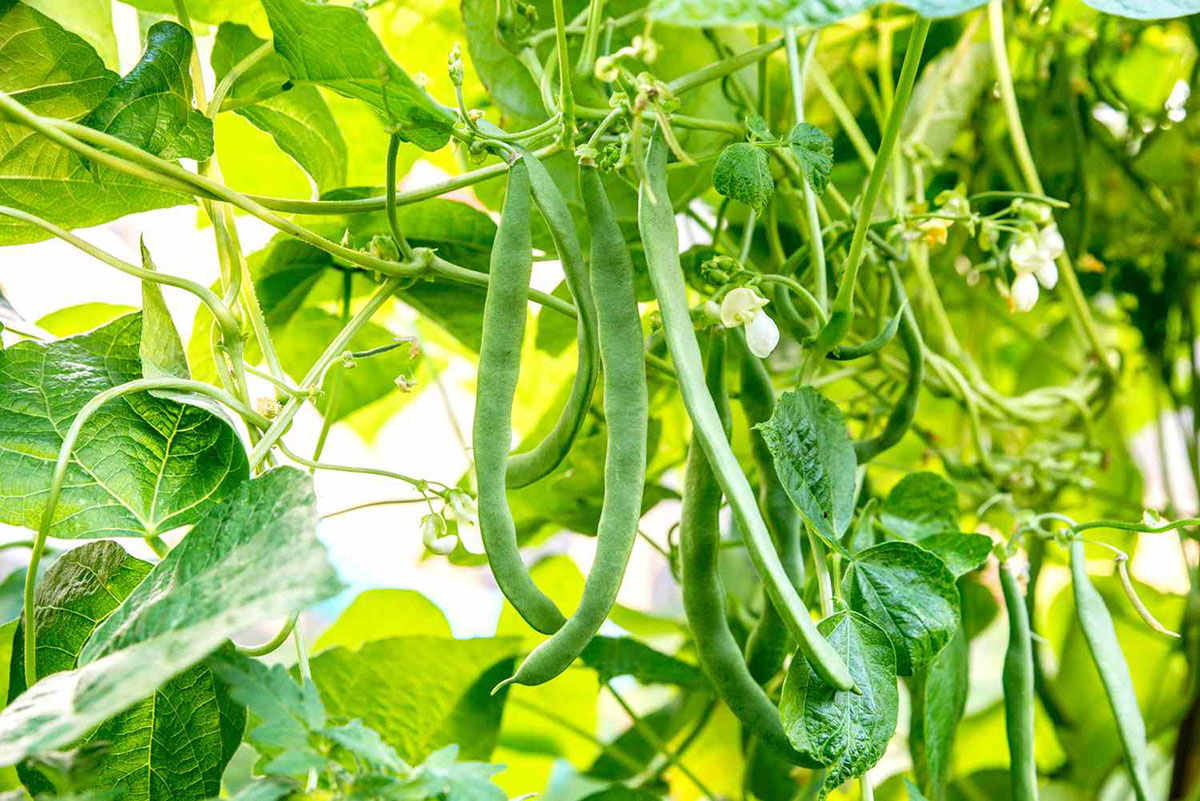

Garden Essentials
What Temp Do Green Beans Need To Germinate
Modified: March 15, 2024
Learn the optimal temperature for germinating green beans in your garden. Find out what temperature green beans need to thrive and grow into healthy plants.
(Many of the links in this article redirect to a specific reviewed product. Your purchase of these products through affiliate links helps to generate commission for Storables.com, at no extra cost. Learn more)
Introduction
Welcome to the wonderful world of green bean germination! Whether you’re an experienced gardener or just starting out, understanding the factors that affect green bean germination is essential for a successful harvest. One crucial factor that plays a significant role in the germination process is temperature.
Temperature affects the rate and success of green bean germination by influencing the biochemical reactions within the seeds. Different green bean varieties have specific temperature requirements for optimal germination. By providing the right temperature conditions, you can ensure that your green beans germinate and grow into healthy plants.
In this article, we will explore the ideal temperature range for green bean germination, the temperature requirements for specific green bean varieties, the effects of temperature extremes on germination, and tips on providing the optimal temperature for successful green bean germination.
So, grab your gardening gloves and let’s dive into the fascinating world of green bean germination temperature!
Key Takeaways:
- Green beans thrive in temperatures between 70°F and 80°F for optimal germination. Different varieties may have specific temperature preferences, so check the seed packet for best results.
- Protect green bean seeds from extreme temperatures by using shade, mulch, and covers. Monitor soil temperature and adjust planting depth for successful germination.
Read more: At What Temp Do Rabbits Need A Heat Lamp
Factors Affecting Green Bean Germination
While temperature is a crucial factor in green bean germination, there are several other factors that can also impact the success of the germination process. Understanding these factors will help you create the best possible conditions for your green beans to sprout and thrive.
1. Moisture: Adequate moisture is essential for seed germination. Without enough water, the seeds will not be able to absorb the necessary nutrients and begin the germination process. However, excessive moisture can lead to rot and fungal diseases. It is important to strike a balance and provide consistent, but not excessive, moisture.
2. Light: Green beans are not very dependent on light during the germination stage. In fact, excessive light may even hinder germination. It is best to provide a dark environment for the seeds to germinate, and once they sprout and develop leaves, you can gradually introduce them to more light.
3. Oxygen: Like all living organisms, green bean seeds require oxygen for respiration. Proper aeration of the soil is essential to provide the necessary oxygen. Compacted or waterlogged soil can suffocate the seeds and inhibit germination.
4. Seed Quality: The quality of the seeds themselves plays a significant role in successful germination. Use fresh, high-quality seeds from a reputable source. Old or damaged seeds may have lower germination rates or fail to germinate altogether.
5. Soil Quality: The soil in which the seeds are planted should be well-draining and rich in organic matter. A fertile soil with proper nutrients will provide the necessary support for germination and healthy seedling development.
By considering these factors and providing the optimal conditions, you can greatly increase the chances of successful green bean germination. Remember, each factor interacts with one another, creating a delicate balance that promotes healthy growth and development.
Ideal Temperature Range for Green Bean Germination
Temperature plays a crucial role in green bean germination. The ideal temperature range provides the optimal conditions for the biochemical processes within the seeds to take place, leading to successful sprouting. While specific green bean varieties may have slightly different temperature requirements, there is a general range that works well for most types of green beans.
The ideal temperature range for green bean germination is typically between 70°F (21°C) and 80°F (27°C). Within this range, the enzymes within the seeds are most active, allowing for the breakdown of stored nutrients and the initiation of root and shoot growth. The seeds can absorb moisture efficiently and trigger the germination process.
However, it’s important to note that different green bean varieties may have varying temperature preferences. Some may prefer slightly warmer temperatures, while others may tolerate cooler conditions. It’s always a good idea to refer to the seed packet or check with a local gardening expert for specific temperature recommendations for the variety you are growing.
When the temperature falls below the ideal range, the germination process can slow down or even stagnate. The enzymes become less active, and the overall rate of seedling development decreases. On the other hand, if the temperature rises significantly above the ideal range, it can lead to heat stress, which can inhibit or even fatal for the seeds.
It’s important to note that maintaining a stable temperature within the ideal range is crucial for green bean germination. Fluctuations in temperature can disrupt the biochemical processes and affect the overall success rate of germination.
Now that you understand the ideal temperature range for green bean germination, let’s dive into the temperature requirements for specific green bean varieties in the next section.
Germination Temperature Requirements for Specific Green Bean Varieties
While the ideal temperature range for green bean germination is generally between 70°F (21°C) and 80°F (27°C), it’s important to consider that different green bean varieties may have specific temperature requirements for optimal germination. Understanding these temperature preferences will help you provide the best conditions for the specific variety you are growing.
1. Bush Beans: Bush beans, such as ‘Provider’ and ‘Contender’, prefer slightly warmer temperatures for germination. They thrive in soil temperatures around 75°F (24°C) to 85°F (29°C). These varieties are known for their compact growth habit and are perfect for small gardens or containers.
2. Pole Beans: Pole beans, like ‘Kentucky Blue’ and ‘Scarlet Runner’, have similar temperature preferences to bush beans. They prefer soil temperatures between 75°F (24°C) and 85°F (29°C). However, as the name suggests, pole beans require support as they grow tall and climb up poles or trellises.
3. French Beans: French beans, also known as haricot verts or filet beans, have a slightly cooler temperature preference compared to bush and pole beans. They germinate best in soil temperatures around 65°F (18°C) to 75°F (24°C). Popular French bean varieties include ‘Tendergreen’ and ‘Maxibel’.
4. Runner Beans: Runner beans, such as ‘Scarlet Emperor’ and ‘Painted Lady’, thrive in slightly warmer temperatures, similar to bush beans. They prefer soil temperatures between 75°F (24°C) and 85°F (29°C). Runner beans are known for their vibrant flowers and vigorous growth.
5. Lima Beans: Lima beans, like ‘Fordhook’ and ‘Henderson’, have slightly different temperature requirements compared to other green bean varieties. They prefer soil temperatures between 70°F (21°C) and 80°F (27°C). Lima beans are known for their unique flavor and creamy texture.
Remember to check the specific temperature recommendations on the seed packet or consult gardening resources for the variety you are growing. By providing the ideal temperature for your specific green bean variety, you can maximize the germination success and set your plants up for healthy growth.
In the next section, we will discuss the effects of temperature extremes on green bean germination and how to mitigate them.
Green beans typically need a soil temperature of around 70-80°F (21-27°C) to germinate. Using a soil thermometer can help ensure the temperature is just right for successful germination.
Effects of Temperature Extremes on Green Bean Germination
While a specific temperature range is ideal for green bean germination, it’s important to understand the effects of temperature extremes on the germination process. Both excessively high and low temperatures can have a detrimental impact on germination success.
1. High Temperatures: When the temperature rises significantly above the ideal range, it can lead to heat stress in green beans, inhibiting germination and damaging the seeds. High temperatures can cause the seeds to dry out quickly, affecting their ability to absorb moisture and initiate germination. It can also lead to the denaturation of proteins and enzymes within the seeds, hindering metabolic processes necessary for germination.
2. Low Temperatures: Similarly, when the temperature drops below the ideal range, it can slow down or even halt the germination process altogether. Low temperatures can restrict enzyme activity and metabolic reactions, preventing the breakdown of stored nutrients and the initiation of root and shoot growth.
Extreme temperature fluctuations can also cause thermal shock to the seeds, which can be detrimental to germination. Rapid changes from high to low temperatures or vice versa can stress the seeds and disrupt the delicate biochemical processes critical for successful germination.
It’s important to note that different green bean varieties have varying degrees of tolerance to temperature extremes. Some varieties may be more resilient to heat stress, while others may be more tolerant of cold temperatures. Understanding the specific temperature preferences of the variety you are growing will help you take appropriate measures to mitigate the effects of temperature extremes.
To protect your green bean seeds from temperature extremes, you can implement the following strategies:
- Provide shade during hot summer days to reduce excessive heat exposure.
- Use mulch to insulate the soil and regulate soil temperature.
- Cover the seedbed or use row covers to protect against sudden temperature drops or frost.
- Sow seeds at the appropriate time, considering the expected temperature conditions.
By implementing these measures, you can create a more favorable environment for green bean germination and increase the chances of successful sprouting.
In the next section, we will discuss tips for providing the optimal temperature for green bean germination.
Tips for Providing Optimal Temperature for Green Bean Germination
Creating the optimal temperature conditions for green bean germination is essential for successful seed sprouting and healthy plant growth. Here are some tips to help you provide the ideal temperature for your green beans:
1. Timing: Start planting your green bean seeds when the soil temperature reaches the ideal range for germination. Use a soil thermometer to monitor the temperature and ensure it falls between 70°F (21°C) and 80°F (27°C). Planting at the right time will give your seeds the best chance of germinating successfully.
2. Warm the Soil: If the soil temperature is cooler than the ideal range, you can warm it up by covering the planting area with a plastic sheet or using black plastic mulch. The plastic will help trap heat from the sun and warm the soil, creating a more favorable environment for germination.
3. Use a Seedling Heat Mat: If you’re starting your green bean seeds indoors or in a greenhouse, consider using a seedling heat mat. These mats provide controlled bottom heat, helping to maintain the optimal germination temperature. Place your seed trays or pots on the heat mat, following the manufacturer’s instructions.
4. Provide Protective Cover: During the germination process, you can use a protective cover, such as a cloche or row cover, to create a microclimate that retains heat around the seeds. This can help maintain a more stable temperature and protect the seeds from temperature fluctuations.
5. Adjust Planting Depth: Plant your green bean seeds at the appropriate depth in the soil. In cooler climates, plant the seeds slightly deeper to provide them with a warmer environment. In warmer climates, plant them slightly shallower to avoid excessive heat exposure.
6. Consider Microclimates: Different areas in your garden may have slightly different temperature conditions. Take advantage of microclimates by planting your green beans in a sunnier and warmer spot. Avoid planting in areas that are prone to drafts or cold pockets.
7. Monitor and Adjust: Continuously monitor the temperature conditions in your garden or growing area. Use a soil thermometer to regularly check the soil temperature. If the temperature becomes too hot or too cold, take appropriate measures to protect the seeds and adjust the conditions accordingly.
Remember, maintaining a consistent temperature within the ideal range is crucial for green bean germination. By implementing these tips, you can increase the likelihood of successful seed sprouting and ultimately enjoy a bountiful harvest of fresh green beans.
Now that you’re armed with the knowledge of optimal temperature conditions for green bean germination, it’s time to put your garden gloves on and get growing!
Conclusion
Understanding the role of temperature in green bean germination is essential for any gardener. By providing the optimal temperature conditions, you can greatly increase the chances of successful seed sprouting and ensure healthy plant growth. The ideal temperature range for green bean germination is typically between 70°F (21°C) and 80°F (27°C). However, it’s important to consider that different green bean varieties may have slightly different temperature preferences.
Factors such as moisture, light, oxygen, seed quality, and soil quality also play a significant role in germination success. By considering these factors alongside temperature, you can create the best possible conditions for your green beans to thrive.
Temperature extremes, whether too high or too low, can have negative effects on green bean germination. Heat stress can inhibit germination and damage the seeds, while cold temperatures can slow down or halt the germination process. It’s important to protect the seeds from these extreme temperatures and provide a stable environment for successful germination.
Tips such as timing your planting, warming the soil, using seedling heat mats, providing protective covers, adjusting planting depth, considering microclimates, and monitoring the temperature will help you provide the optimal temperature conditions for green bean germination.
By implementing these tips and understanding the specific temperature requirements of your chosen green bean variety, you’ll be well on your way to a successful germination process and a bountiful harvest of fresh green beans.
So, roll up your sleeves, grab your gardening tools, and get ready to enjoy the exciting journey of green bean germination. With the right temperature conditions and a little tender loving care, your green bean seeds will sprout into vibrant, healthy plants that will provide you with delicious and nutritious beans.
Happy gardening!
Frequently Asked Questions about What Temp Do Green Beans Need To Germinate
Was this page helpful?
At Storables.com, we guarantee accurate and reliable information. Our content, validated by Expert Board Contributors, is crafted following stringent Editorial Policies. We're committed to providing you with well-researched, expert-backed insights for all your informational needs.
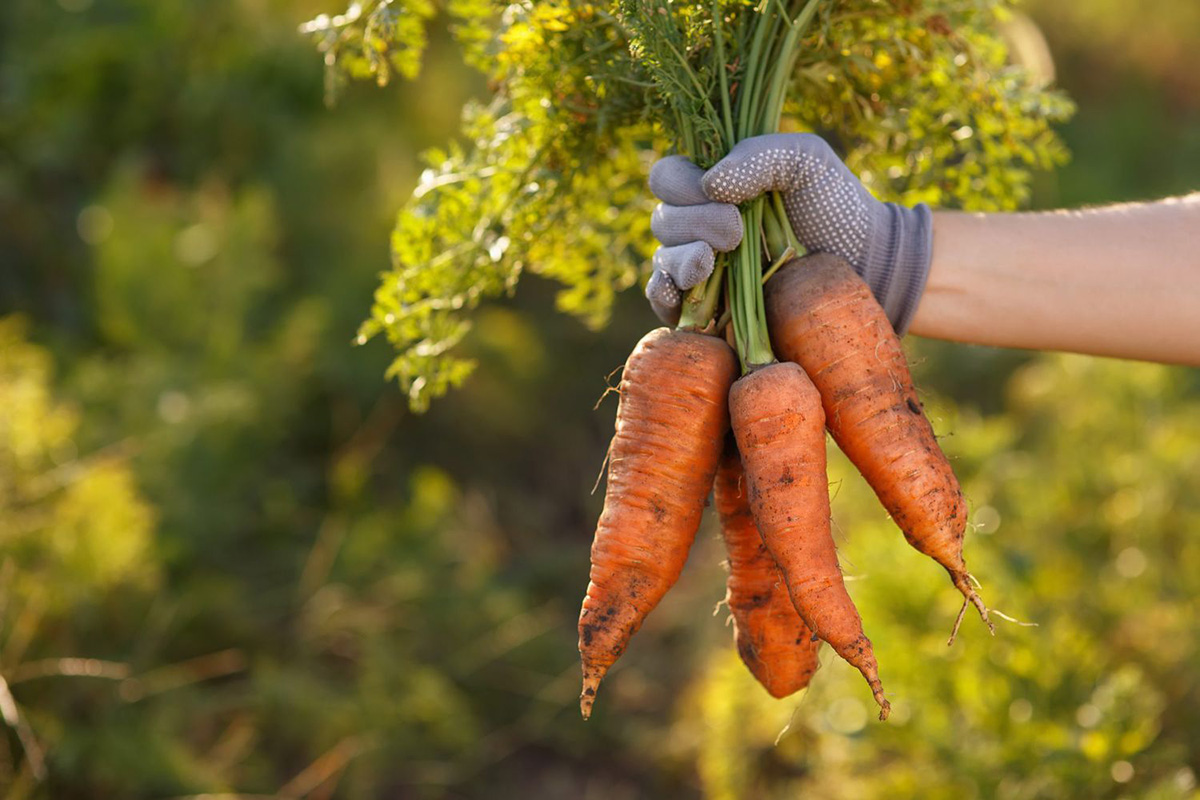
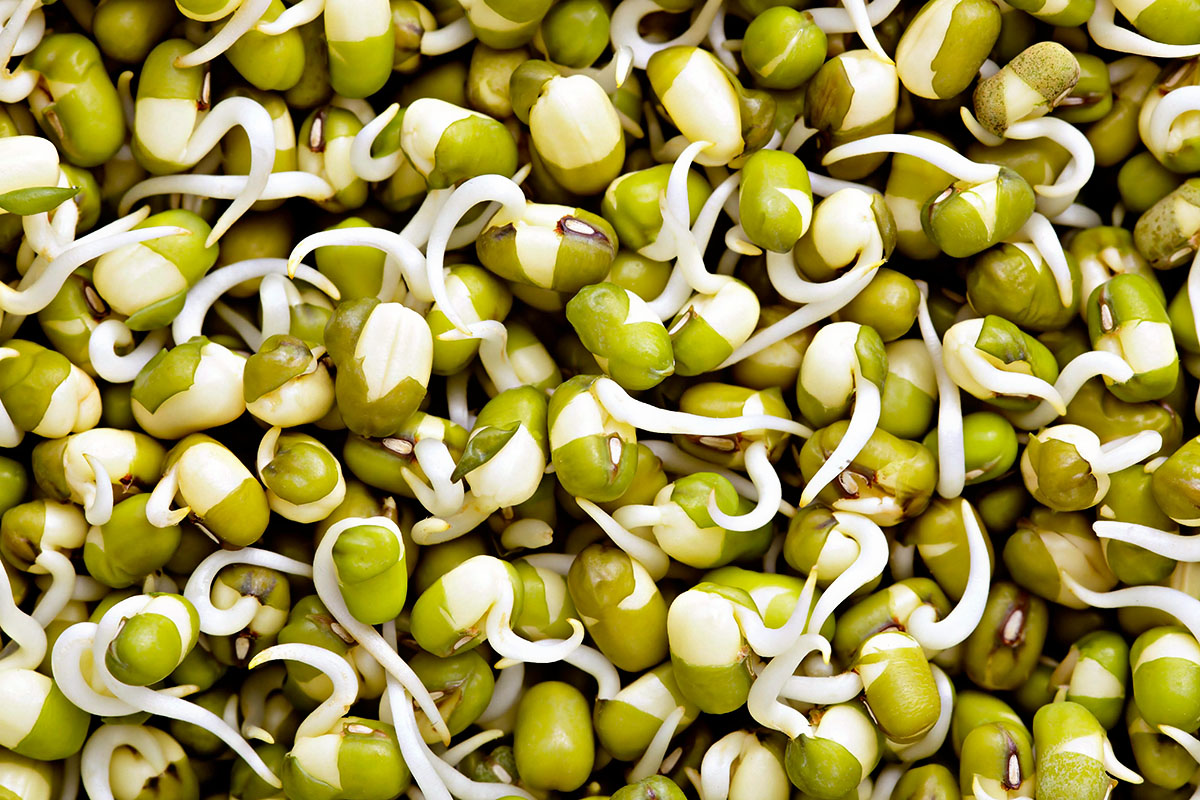
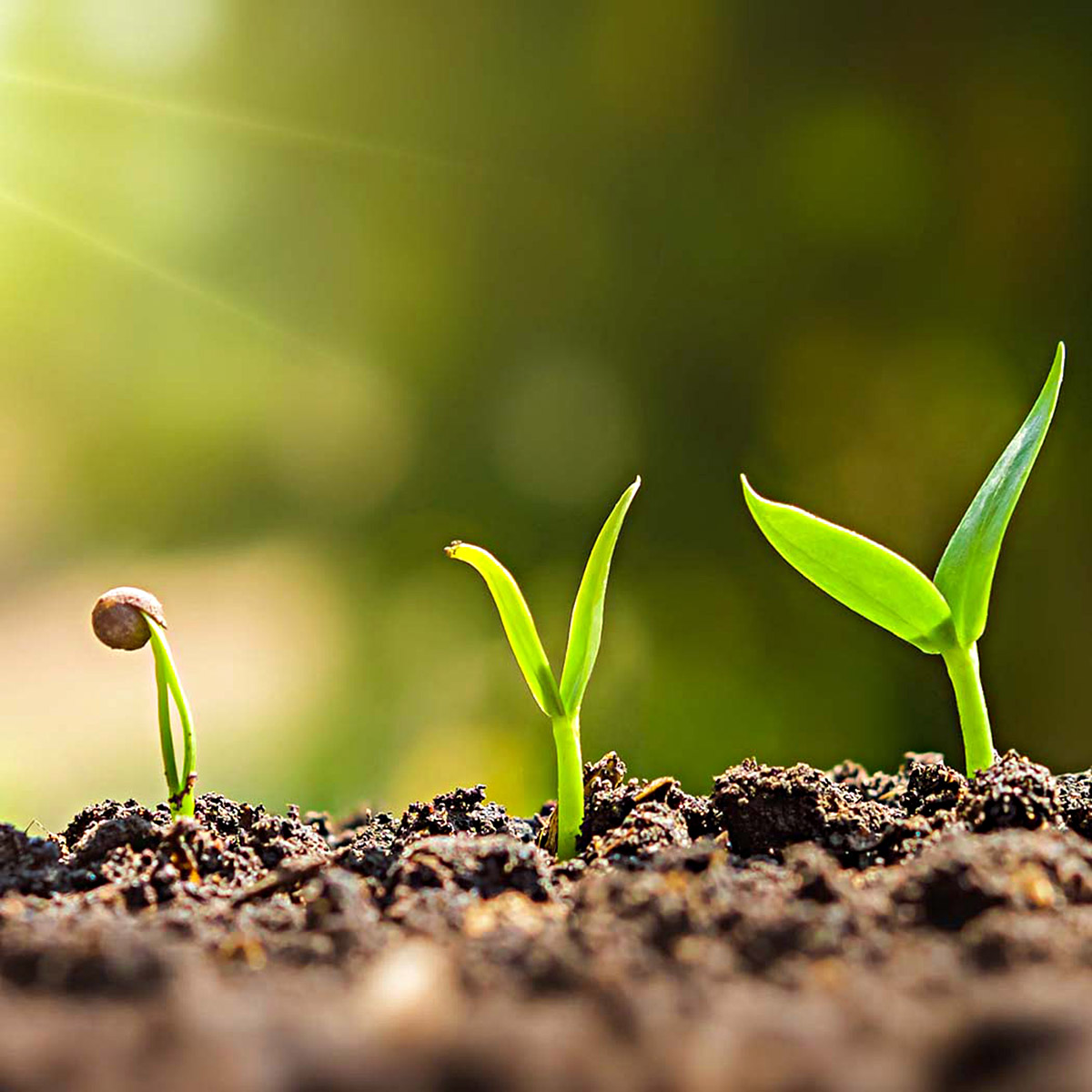
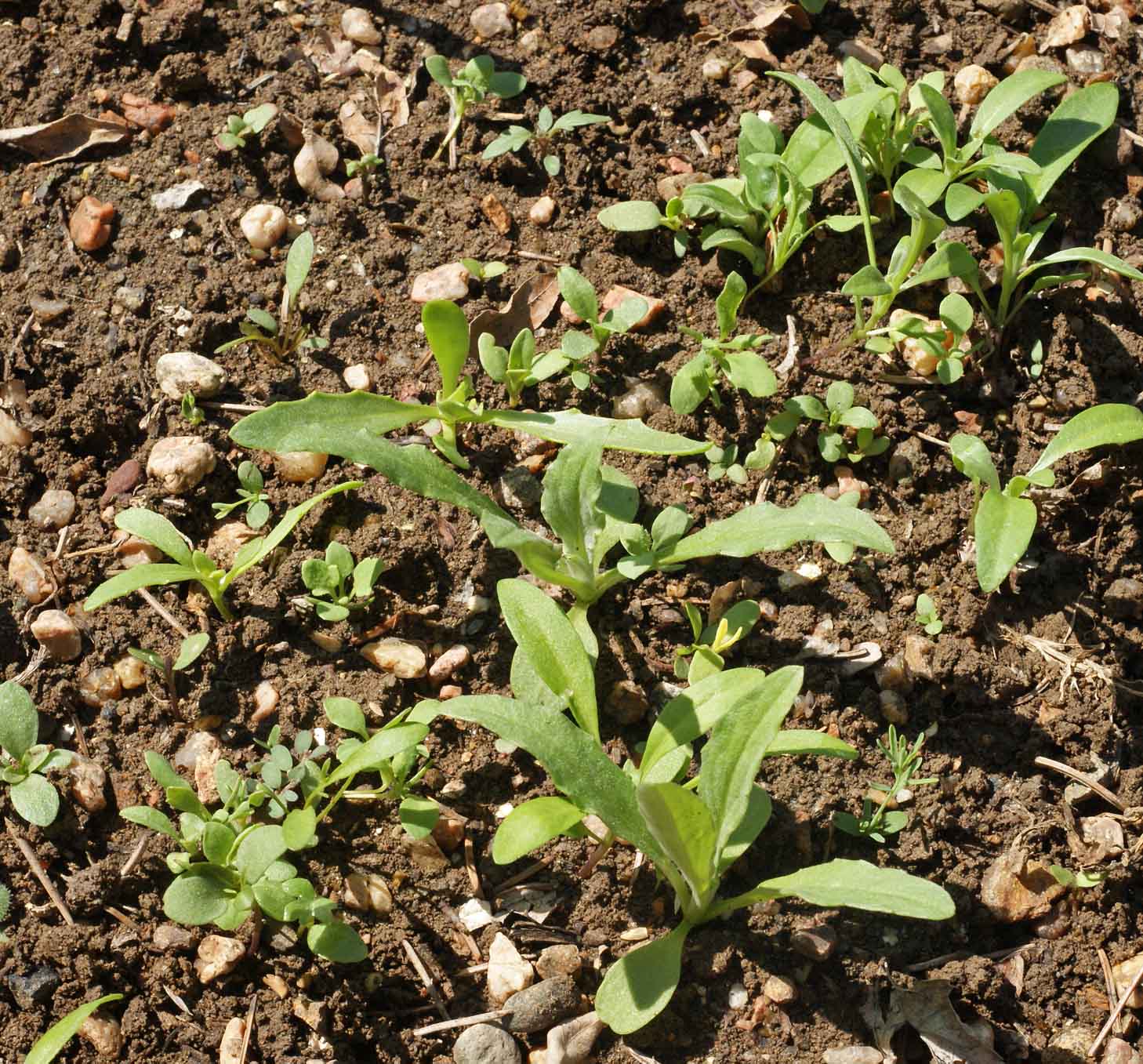
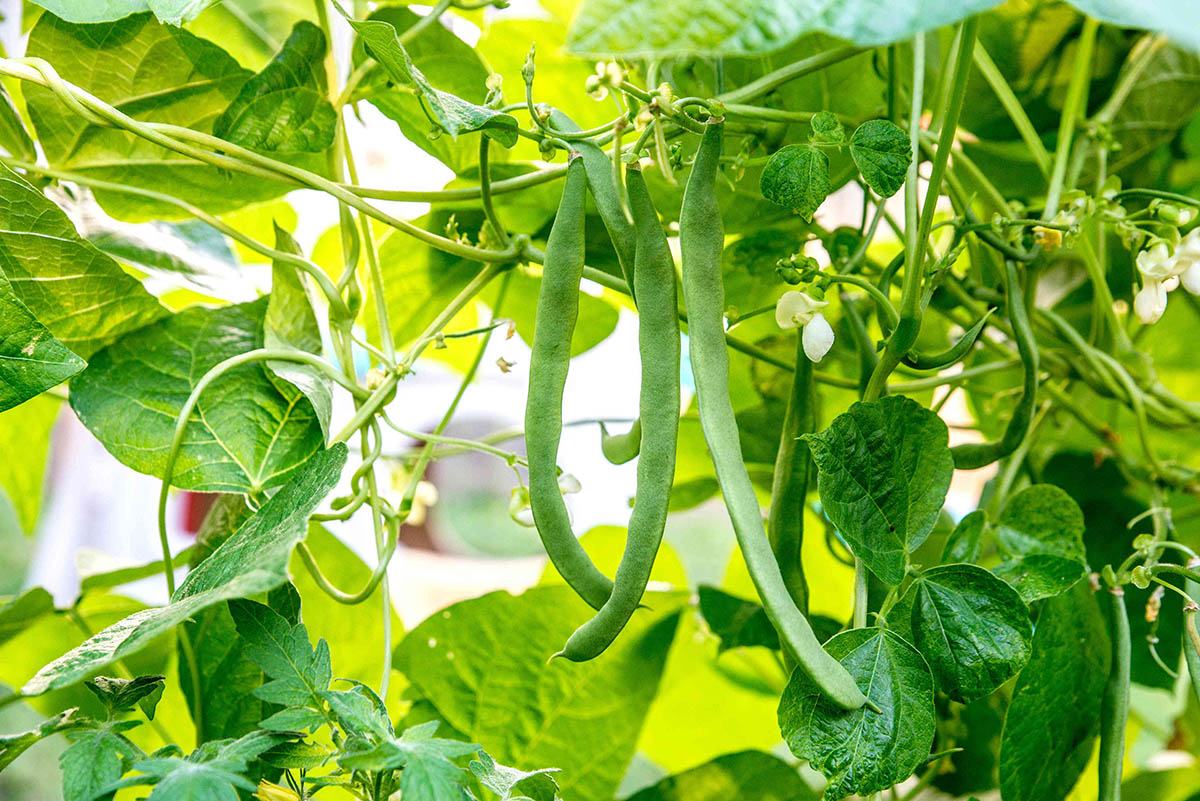
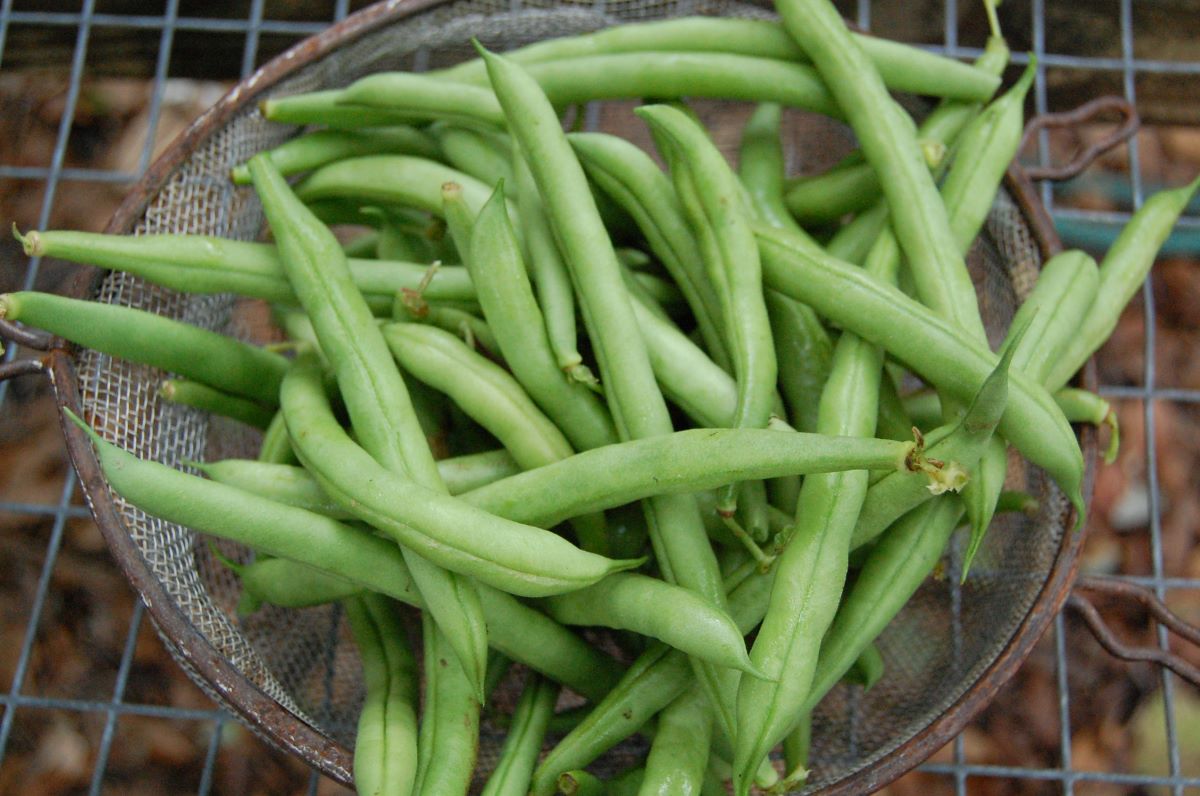
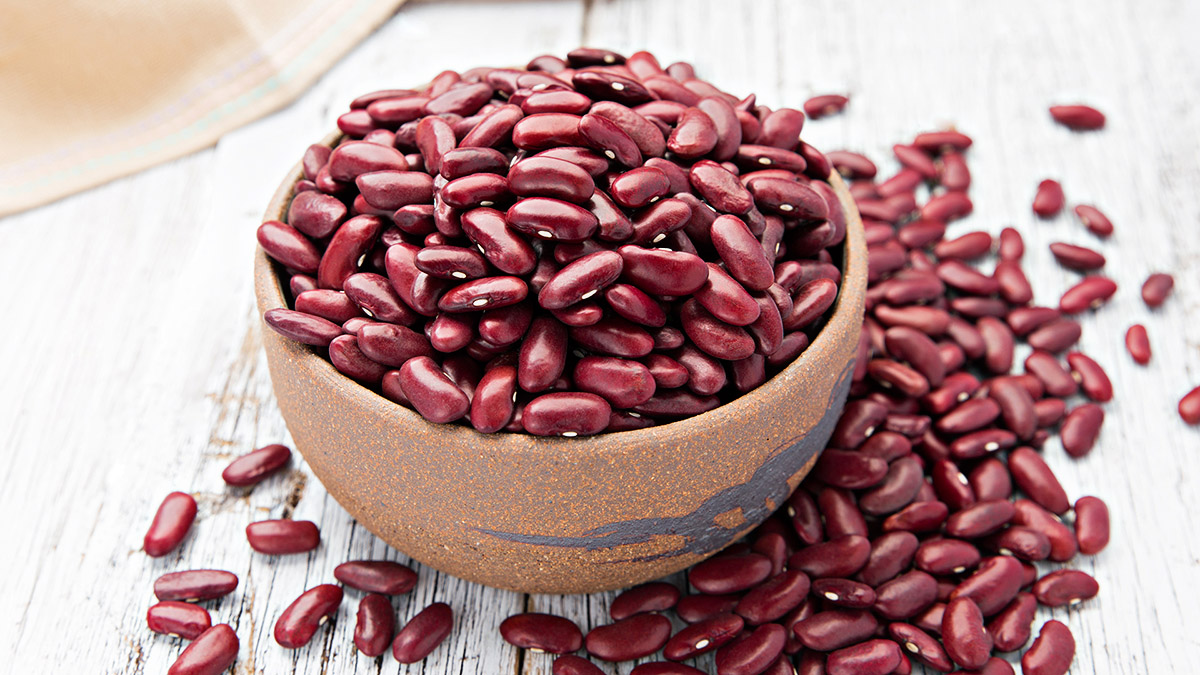
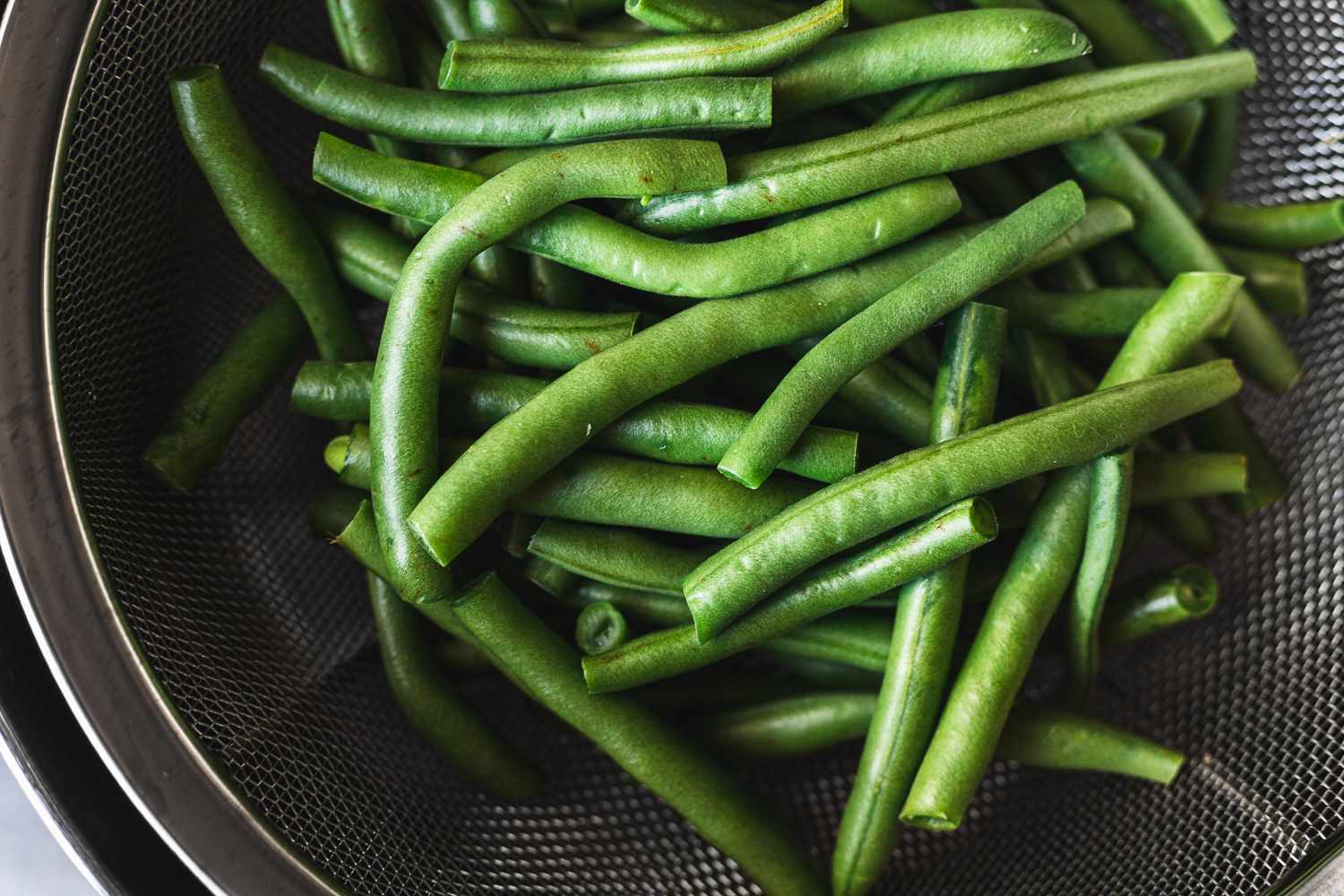
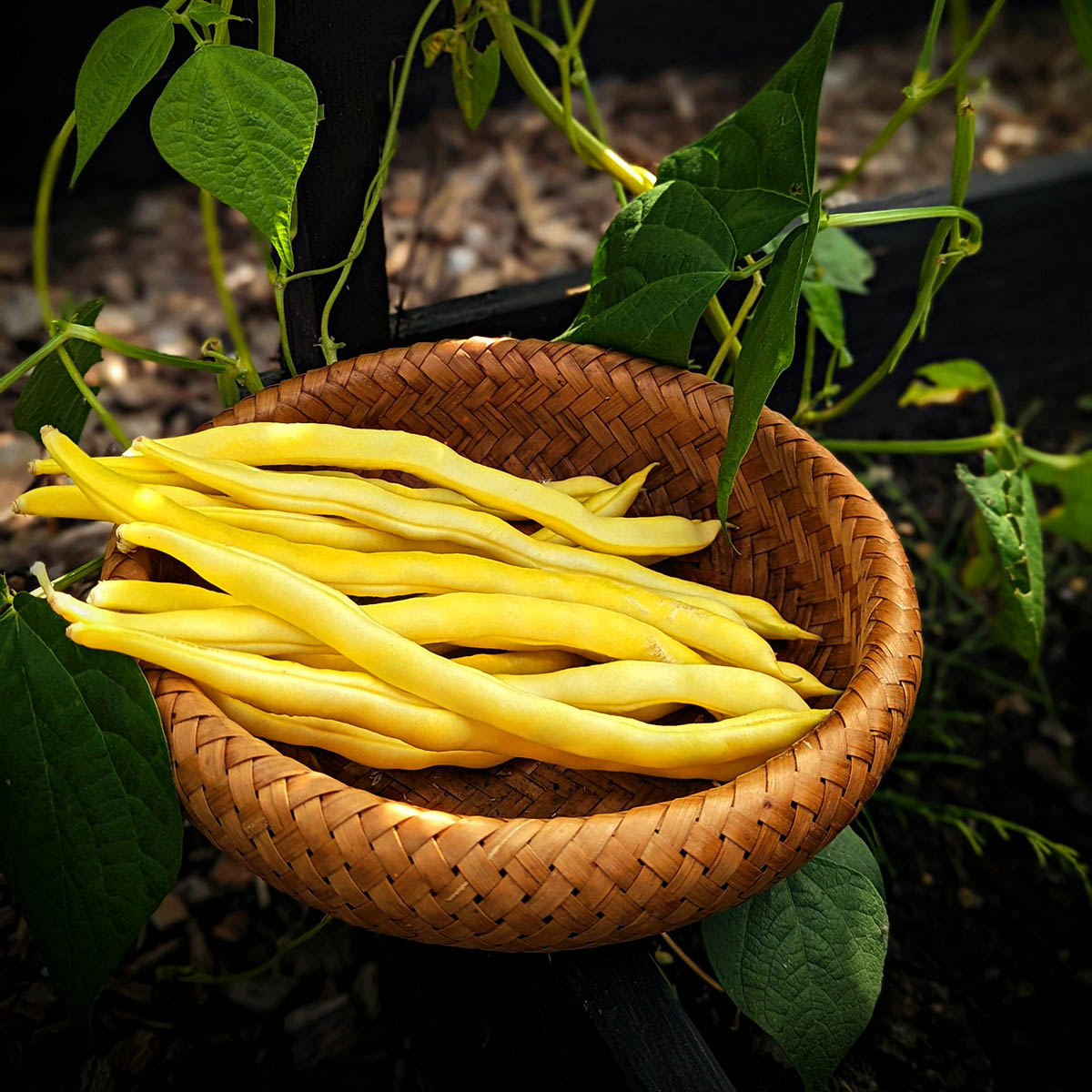


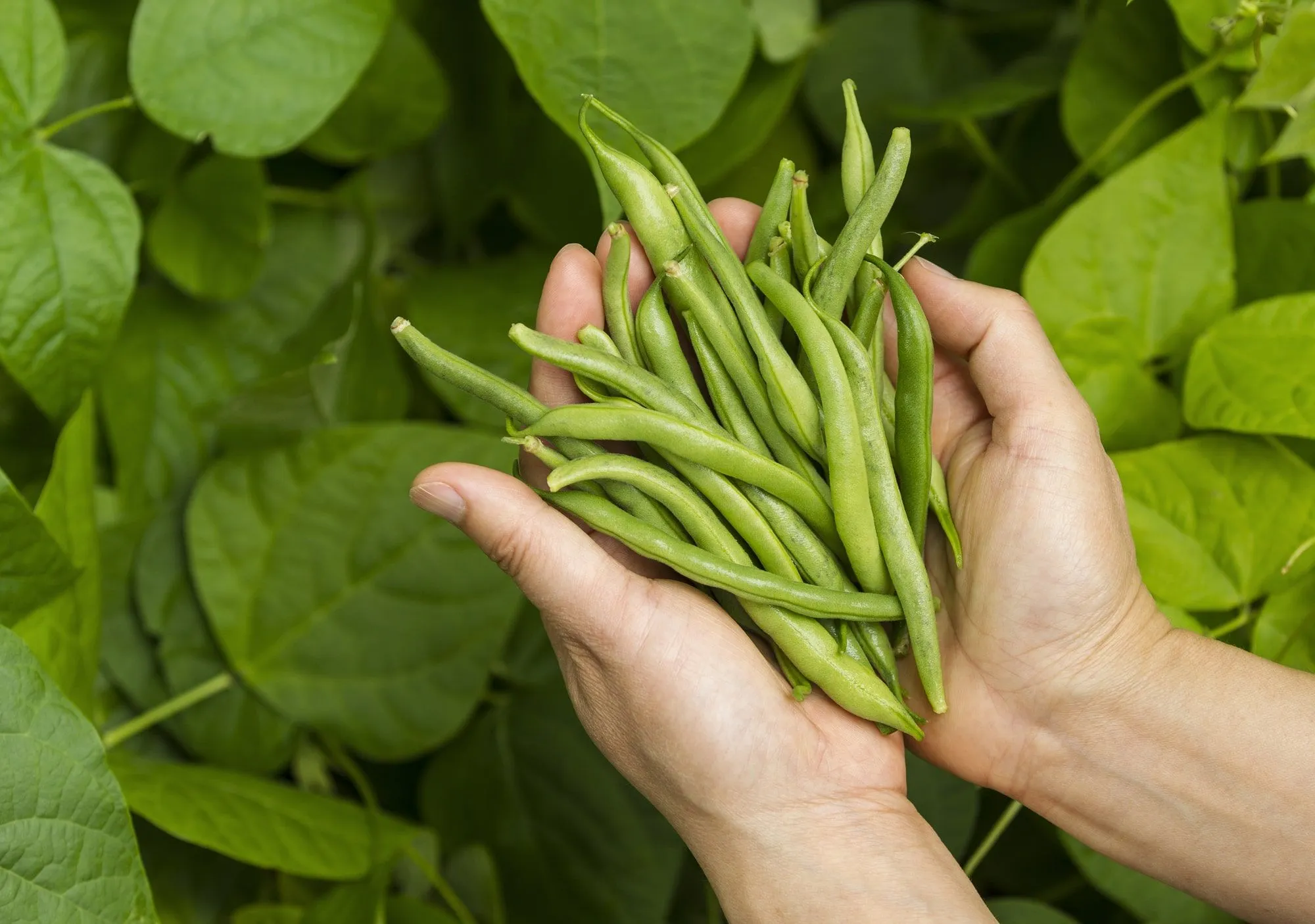
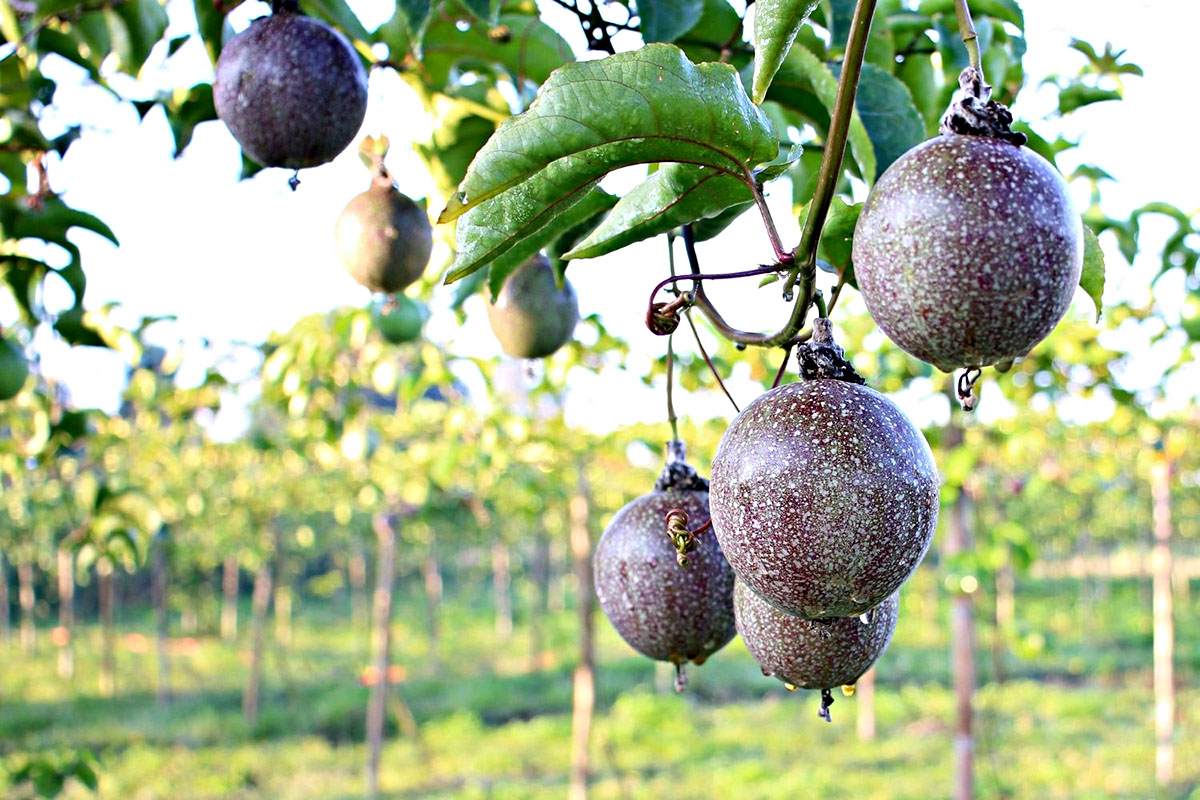
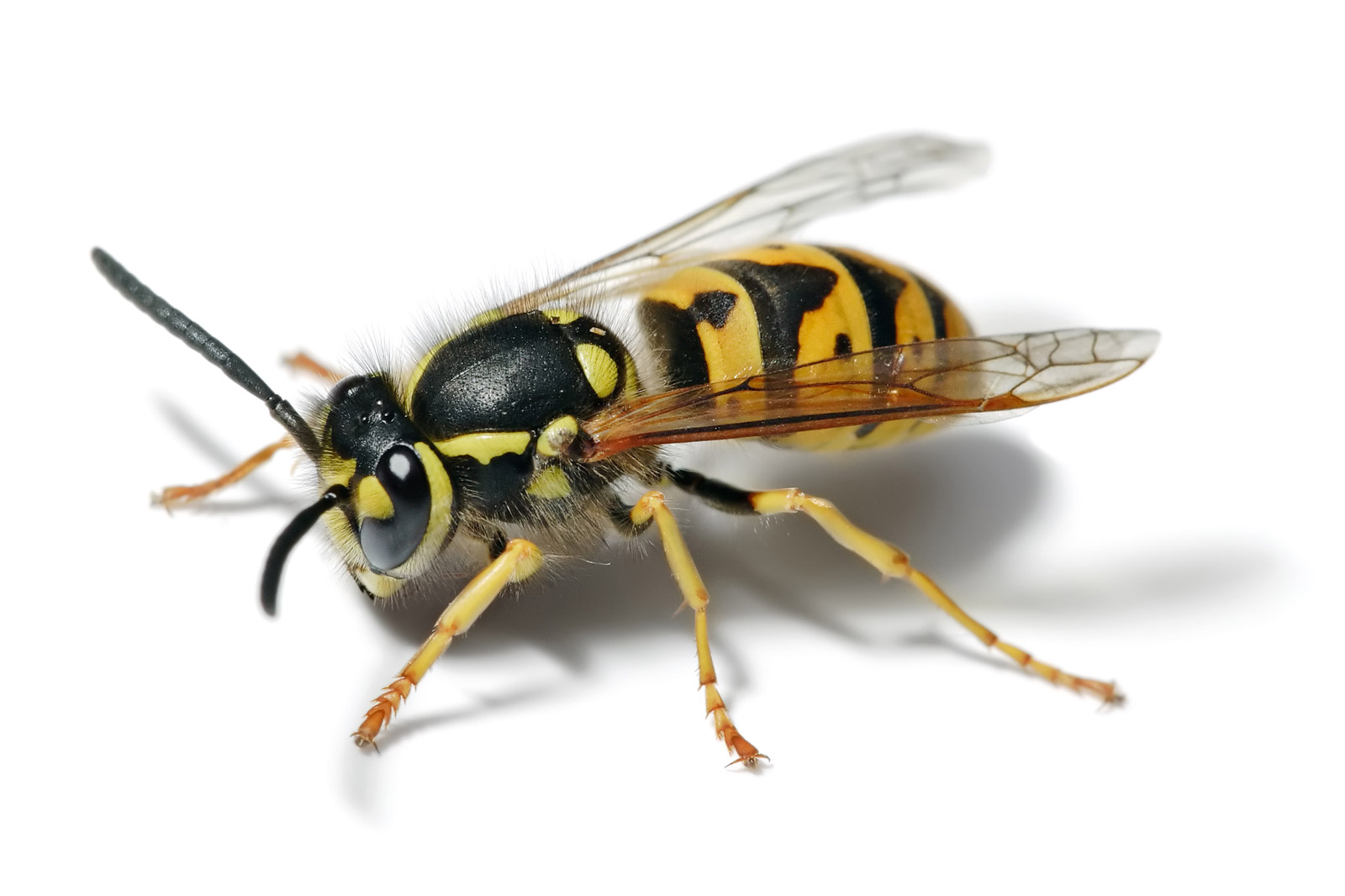

0 thoughts on “What Temp Do Green Beans Need To Germinate”